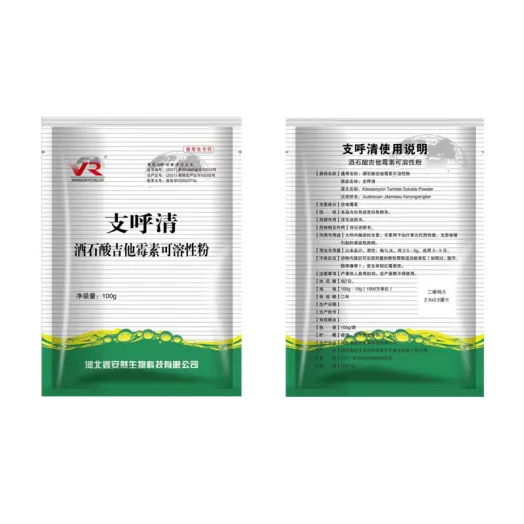- Afrikaans
- Albanian
- Amharic
- Arabic
- Armenian
- Azerbaijani
- Basque
- Belarusian
- Bengali
- Bosnian
- Bulgarian
- Catalan
- Cebuano
- Corsican
- Croatian
- Czech
- Danish
- Dutch
- English
- Esperanto
- Estonian
- Finnish
- French
- Frisian
- Galician
- Georgian
- German
- Greek
- Gujarati
- Haitian Creole
- hausa
- hawaiian
- Hebrew
- Hindi
- Miao
- Hungarian
- Icelandic
- igbo
- Indonesian
- irish
- Italian
- Japanese
- Javanese
- Kannada
- kazakh
- Khmer
- Rwandese
- Korean
- Kurdish
- Kyrgyz
- Lao
- Latin
- Latvian
- Lithuanian
- Luxembourgish
- Macedonian
- Malgashi
- Malay
- Malayalam
- Maltese
- Maori
- Marathi
- Mongolian
- Myanmar
- Nepali
- Norwegian
- Norwegian
- Occitan
- Pashto
- Persian
- Polish
- Portuguese
- Punjabi
- Romanian
- Russian
- Samoan
- Scottish Gaelic
- Serbian
- Sesotho
- Shona
- Sindhi
- Sinhala
- Slovak
- Slovenian
- Somali
- Spanish
- Sundanese
- Swahili
- Swedish
- Tagalog
- Tajik
- Tamil
- Tatar
- Telugu
- Thai
- Turkish
- Turkmen
- Ukrainian
- Urdu
- Uighur
- Uzbek
- Vietnamese
- Welsh
- Bantu
- Yiddish
- Yoruba
- Zulu
nov . 17, 2024 13:15 Back to list
tylosin poultry
Tylosin in Poultry An Overview of Its Use, Benefits, and Considerations
Tylosin is a macrolide antibiotic widely used in poultry production, primarily for therapeutic and preventive purposes. It is effective against certain gram-positive bacteria and some gram-negative bacteria, making it a valuable tool in managing diseases and ensuring the health and productivity of poultry. This article explores the role of tylosin in poultry, detailing its benefits, applications, and important considerations for its use.
Understanding Tylosin
Tylosin is derived from the bacterium *Streptomyces fradiae*. This antibiotic belongs to the class of macrolides, which work by inhibiting bacterial protein synthesis. Tylosin is particularly effective against the pathogens responsible for various poultry diseases, including mycoplasmosis, which can severely impact respiratory health in birds. It can be administered through drinking water or feed, providing flexibility in its application.
Benefits of Tylosin in Poultry
1. Disease Management One of the primary applications of tylosin in poultry is for the control of mycoplasmosis. This chronic disease affects the respiratory system, leading to reduced feed efficiency and overall growth rate. By administering tylosin, poultry producers can effectively manage outbreaks, reducing morbidity and mortality rates.
2. Enhanced Growth Performance Tylosin is not only a therapeutic agent but also offers growth-promoting properties. When used at sub-therapeutic levels, it can improve feed conversion ratios, leading to better weight gain in birds. This enhancement in growth performance is beneficial for commercial poultry operations aiming to maximize production efficiency.
3. Reduction of Feed Contaminants Tylosin has been shown to reduce the presence of certain pathogens in the gastrointestinal tract of poultry. This action can decrease the incidence of diseases such as necrotic enteritis, leading to healthier birds and potentially reducing the overall need for other antibiotics.
4. Support during Stressful Conditions Birds often experience stress during transportation, changes in diets, or environmental changes. Tylosin can help in maintaining health during these stressful periods, thus supporting the overall welfare of the poultry.
tylosin poultry

Considerations for Use
While tylosin offers several benefits, its use is not without challenges and considerations
1. Antibiotic Resistance The use of antibiotics in livestock is a subject of increasing scrutiny due to concerns about antibiotic resistance. Overuse or misuse of tylosin can lead to the development of resistant bacteria, which can have serious implications for both animal and human health. Poultry producers should adhere to recommended dosages and withdrawal times to minimize this risk.
2. Regulatory Guidelines Different countries have specific regulations regarding the use of antibiotics in livestock production. It is essential for poultry producers to be aware of and comply with these regulations to avoid legal issues and market access problems.
3. Monitoring and Management Effective monitoring of antibiotic use and the health status of poultry flocks is crucial. Implementing proper management practices can help reduce the need for antibiotics. This includes biosecurity measures, vaccination programs, and good husbandry practices.
4. Alternatives to Antibiotics In light of concerns about antibiotic resistance, there is a growing interest in alternative methods for disease management in poultry. Probiotics, organic acids, and other natural products are being researched as potential substitutes or complements to traditional antibiotic therapies.
Conclusion
Tylosin plays a significant role in modern poultry production, aiding in disease management and enhancing growth performance. However, its use must be approached with caution, taking into account the potential for antibiotic resistance and the need for regulatory compliance. By implementing comprehensive management strategies and exploring alternative options, poultry producers can ensure the health of their flocks while contributing to the broader efforts to combat antibiotic resistance. Responsible use of tylosin, combined with proactive disease management practices, can lead to healthier birds and a more sustainable poultry industry.
-
Guide to Oxytetracycline Injection
NewsMar.27,2025
-
Guide to Colistin Sulphate
NewsMar.27,2025
-
Gentamicin Sulfate: Uses, Price, And Key Information
NewsMar.27,2025
-
Enrofloxacin Injection: Uses, Price, And Supplier Information
NewsMar.27,2025
-
Dexamethasone Sodium Phosphate Injection: Uses, Price, And Key Information
NewsMar.27,2025
-
Albendazole Tablet: Uses, Dosage, Cost, And Key Information
NewsMar.27,2025













